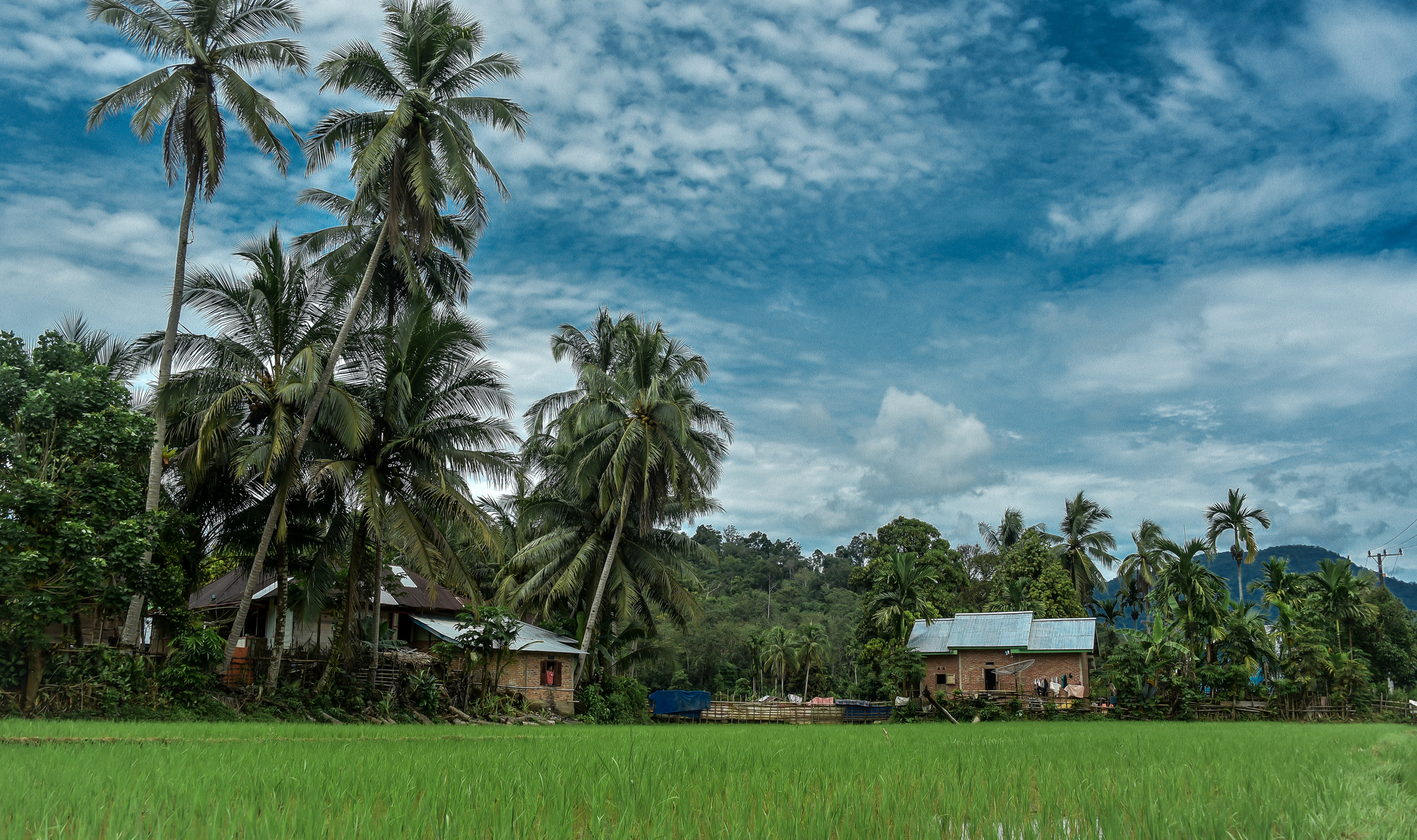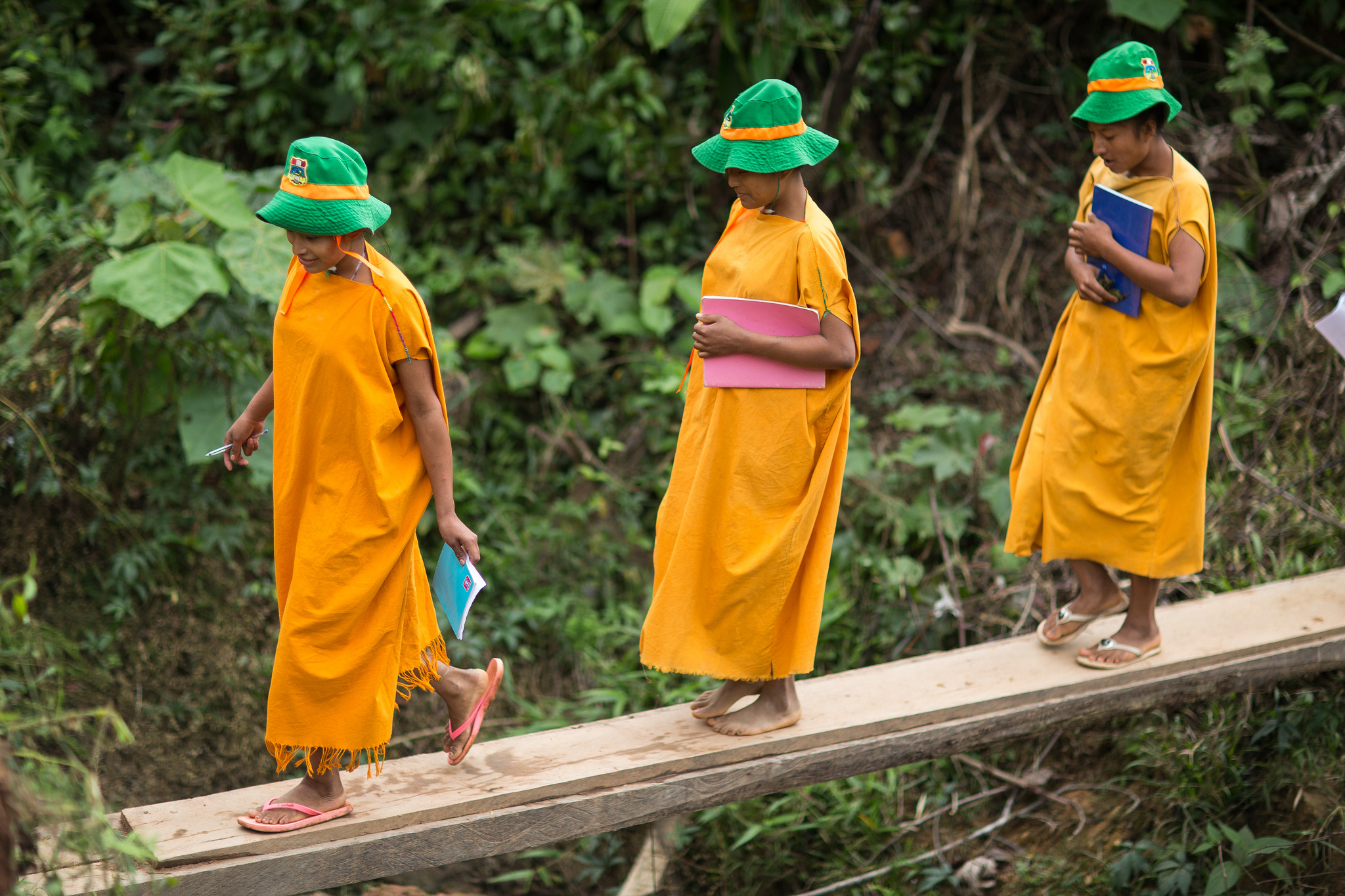As the quest to protect and restore forests advances and evolves, the age-old question of “who gets what?” seems as pertinent – and complex – as ever.
In recent years, a range of benefit-sharing mechanisms (BSMs) has emerged under REDD+ – a UN-backed program to reduce emissions from deforestation and forest degradation and promote restoration – most of which seek to incentivize communities to change their forest management practices in the forests they depend on for their livelihoods.
“This is not quite as simple as it sounds, however, as communities’ use and management of forests are often not just about economics,” says Grace Wong, former Senior Scientist at the Center for International Forestry Research (CIFOR) and current researcher and project lead at the Stockholm Resilience Centre.
Using case studies from Vietnam and Cameroon, Wong co-authored a study published last year, offering a framework for examining how various factors combine to favor or hinder the implementation of policies for sharing benefits from programs like REDD+.
“There are so many complexities and so many other factors that influence the people involved, and the system itself, that we thought it would be helpful to look at the situation logically and systematically,” she says.
CHOICE BENEFITS
When it comes to benefit-sharing schemes, policymakers can create a range of options. In some cases, local communities might receive direct payments in exchange for conserving their forests. Other schemes could involve regional payments for ecosystem services, such as preventing soil erosion, or increasing the quantity and improving the quality of water for users downstream.
What’s important for countries implementing REDD+, says Wong, is to determine who the program should reach; define what it should achieve; and consider the various factors that influence the forest practices of local communities, forest managers and local to national government agencies. This might seem self-evident, but in the context of a program like REDD+, which is subject to a range of competing agendas, the specific objectives of a particular initiative need to be explicit.
“Some policymakers are coming to this because they really want to engage globally on reducing emissions,” explains Luttrell, “whereas others are driven by motivations such as avoiding marginalization of people from their land.” And different kinds of interventions are required to bring these different objectives about. “There are always going to be these big decisions about trade-offs in distribution of benefits to be made,” she says.
As part of their research process, the team looked to different sectors, such as fair trade, cash transfers for development, and oil and gas to learn about BSMs that had already been established, explains co-author Cecilia Luttrell, a CIFOR Senior Associate. REDD+ is still considered relatively new, yet “a lot of the distributional dilemmas are really similar to those in other areas,” she says.
The resulting new framework helps tease out the effectiveness, efficiency and levels of equity within a proposed intervention – and the ways in which those elements interact to influence outcomes.
RIGHT IN PLACE
To be effective, BSMs must also take context into account, says Wong. “As a relatively new policy, REDD+ is colored by a lot of other policies that already exist. In some cases, instead of changing practices or changing the system, the policy may just reinforce the status quo.”
In Vietnam, for example, land allocation has a major influence on how the Payment for Ecosystem Services (PES) scheme is implemented, and who gains from it. “So the inequity or the issues that are inherent in how land allocation policy is implemented gets exacerbated when forest ecosystem payments or REDD+ incentives are distributed based on this,” she explains.
It’s also important to be realistic about the scope of transformation within each context. As Luttrell describes, “there are some things that short term policies can change, and there are some things that take a hundred years and a revolution to change!”
“With these contexts, some variables are kind of fixed, and you have to work around them in order to bring about the outcomes that you want,” she says. For example, in some countries, “the majority of people don’t have land rights. So what can you do in that situation? It’s very different from Tanzania where communities have clearer ownership rights.”
Corruption and resulting mistrust can also be an issue in many contexts. The researchers found that in some Vietnamese villages, people preferred individual payments to proposed community services and infrastructure, “even if it’s just peanuts, like one dollar a year, because issues of trust come into play,” says Wong. “If you don’t trust your village leader, you’d rather take the dollar than risk corruption.”
Similarly, in the Cameroonian case, the researchers explored the use of logging and hunting concessions in community forests, from which a small amount of revenue comes back to local people. “They’re not actually getting enough to gain economically,” says Wong. “The study shows that very little is trickling back down.”
UPON RECEIPT
The researchers also question the rationale behind REDD+ benefit sharing in many countries. To date, much of the focus of REDD+ is on distributing benefits to people living in and around forests, because “part of the discourse has been that to be equitable, [REDD+ benefits] have to go to local people,” says Wong.
“But that can actually be inequitable, because if REDD+ is directed to local people to incentivize change in their forest and land use practices, the implication is that they’re responsible for deforestation,” she says.
This focus may also obscure what’s ultimately most important for REDD+ to succeed: addressing the main drivers of deforestation within a country, which are often large-scale commercial agriculture and mining. To effectively reduce emissions, these are the sectors that need to be addressed first, she says. “There are policies that have to change, such as incentives to continually expand commercial agriculture. It’s not just about the local forest people.”
“We do have to design REDD+ benefit sharing mechanisms in an equitable manner, and take local issues into account,” she acknowledges, “but we also need to understand the different nuances and complexities at play. And we might only be seeing the tip of the iceberg.”
We want you to share Forests News content, which is licensed under Creative Commons Attribution-NonCommercial-ShareAlike 4.0 International (CC BY-NC-SA 4.0). This means you are free to redistribute our material for non-commercial purposes. All we ask is that you give Forests News appropriate credit and link to the original Forests News content, indicate if changes were made, and distribute your contributions under the same Creative Commons license. You must notify Forests News if you repost, reprint or reuse our materials by contacting forestsnews@cifor-icraf.org.

